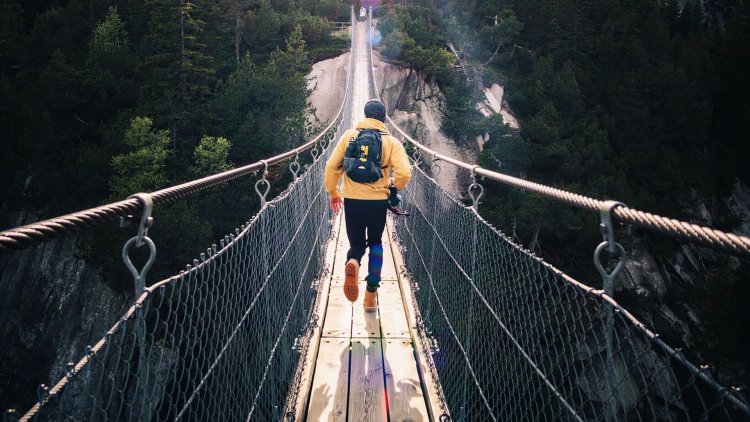Tips for running in the winter
Winter is a time of year when very few races are held and during which runners prepare for spring competitions.

Winter is a time of year when very few races are held and during which runners prepare for spring competitions. Some runners train outdoors, some retreat indoors, yet all are trying to build or maintain a racing base to make next year more successful than the previous one.
Winter is a season during which a very small number of races are held and that is why running in winter is used by runners to prepare for spring competitions.
More experienced runners generally know what awaits them during the winter and are ready for obstacles and dangers. Those less experienced runners should pay special attention to the winter conditions in which they train at this time and set realistic goals in accordance with them.
If you want to prepare for the spring racing season or tighten your body for the summer, be active in the winter as well. Considering that the December and January celebrations are in front of us and that you will probably gain a few kilos, here is an additional reason for you to put on your training sneakers and go for a run.
To make this part of the year easier, which is dominated by low temperatures and snowfall, we have made a list of the most useful tips for running in winter.
1. Train according to the time
This is the most important piece of advice! Whether running on snow will be a pleasure or an agony depends on your ability to optimally train for winter training. The most important thing is layered clothing and constant activity - stay in one place still as less as possible.
2. Dress in layers
Start with a sweat-proof synthetic T-shirt. Avoid cotton because it retains water, so you will be wet and heavy. The outer layer of clothing should be made of permeable material. If it is very cold, put another thicker long-sleeved T-shirt between the outer and inner layers. Don't overdo it, dress like it's 11 ° C warmer.
3. Beware of strong winds
If the wind is strong, it passes through the layers of clothing and eliminates the protective layer of warm air around you. If you can, postpone your workout or run on the treadmills.
4. Wear gloves and winter sports socks
It has been determined that you lose as much as 30% of your body temperature through your hands and feet. Be sure to wear gloves, the best functional for running, and if you don't have them, they will be good to knit. When it comes to socks, make sure your sneakers are not too tight.
5. Put on your hat
It is estimated that you lose 40% of your body temperature over your head. A running cap will help you not only fight hypothermia but also feel good while running.
6. Beware of frostbite
On very cold days, check your fingers, ears, and nose. If they are cold and numb, stop training immediately and enter a heated area.
7. Put on glasses
Good running glasses can reduce the glare from the snow. Polarized glasses are the best.
8. Do not stand in wet clothes
If you find yourself in wet clothes due to rain, snow, and sweat at low temperatures, you risk hypothermia. Change in a warm place as soon as possible. If you suspect the appearance of hypothermia, which is characterized by intense tremors, incoherent speech, and fatigue - seek help immediately. Start and end your workouts from your home where you can warm up beforehand.
9. Hydrate well
A common mistake of both beginners and experienced runners is insufficient hydration during cold weather. Despite the cold weather, when you warm up, you will lose fluid by dating and sweating. Cold air also has a drying effect and increases the risk of dehydration.
Drink water before, during, and after running.
10. Pay more attention to warming up
The risk of stretching a muscle in cold weather is higher, so it is necessary to warm up well. Postpone more intense workouts for warmer days or run on a treadmill in the gym. You can warm up before training in an apartment or building. Do post-workout stretching in the warmth of your home. Then reward yourself with a warm bath.
11. Be visible for running in the dark
It is best not to run in the dark, but if you have to, wear clothes with reflective elements. You run on well-kept, well-kept running tracks. In the snow, dress in darker equipment so that all traffic participants will notice you .
12. Use cream
The wind dries the skin, so apply a protective cream to your hands.





























